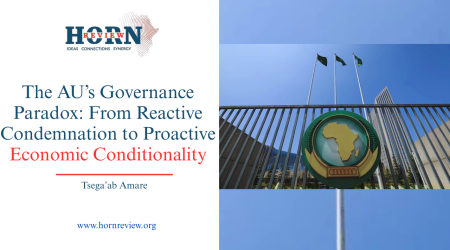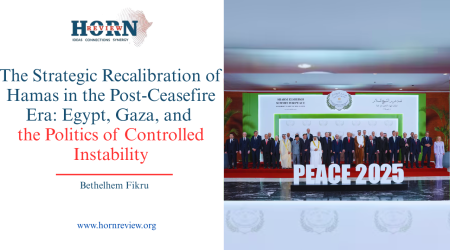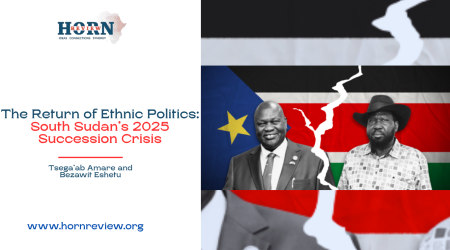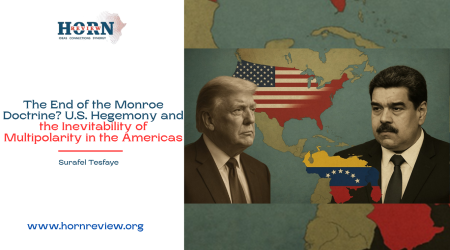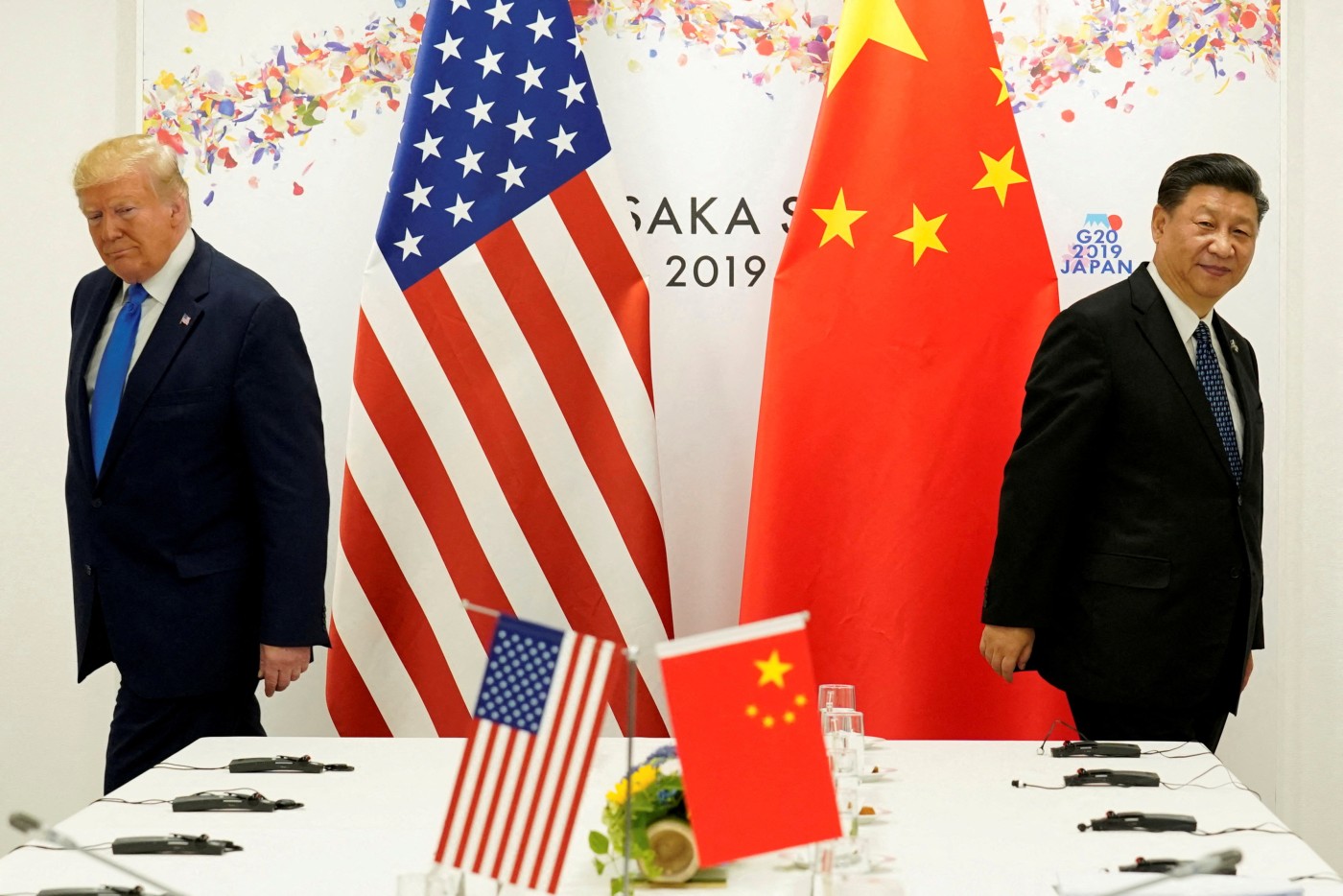
7
Jun
Trump 2.0: Taking on China before it’s too late
In the second Trump administration, China has emerged as the central focus of U.S. grand strategy. The president’s team is blending bold geopolitical manoeuvres, revamped alliances in Asia, reinforced homeland defences, and aggressive economic measures to blunt China’s influence.
One striking element is what is called the “reverse Kissinger” plan involving Russia. During the Cold War, Secretary of State Henry Kissinger famously courted China to put pressure on the Soviet Union. Now Trump’s team appears to utilize the Ukraine conflict to draw Russia and China apart. The administration has repeatedly signalled willingness to accept a favourable settlement for Russia in Ukraine, hoping that Moscow will loosen its deep partnership with Beijing. The idea is for the United States to show willingness to work with Russia, arranging an alliance to counter China. In practice, this means the White House might offer to lift sanctions on Russia or formally recognize annexed territory in exchange for Moscow’s pledge to distance itself from China’s ambitions.
This reversal of the Cold War playbook has significant implications for U.S.-Russia relations.
On one hand, it could pull the U.S. and Russia into closer talks. Trump maintains his openness towards a relationship with President Putin, despite the apparent lack of reciprocity. By rescuing Russia from international pariah status and endorsing some of Moscow’s demands, the administration hopes to make Russia less dependent on China. U.S. officials envision a trilateral “sphere of influence” arrangement, with the U.S. balancing power between a separate Russian bloc and a Chinese bloc. In theory, this would elevate the U.S. as the great power broker of Eurasia.
The chances of a successful Reverse Kissinger however, is low. The consensus between Presidents Xi and Putin is strong, and their governments have been solidifying ties for years. Many analysts doubt that Putin would abandon his partnership with China simply to curry favour with Washington. In fact, Moscow sees a future without US dominance which includes Russia as one of the many superpowers. Moreover, this strategy risks alienating U.S. allies in Europe and Asia, who could see America as willing to sacrifice their security for grand strategy. European NATO members already worry that U.S. readiness to cut deals with Russia might undercut deterrence, while Asian partners fear the same transactional logic could leave them on their own.
Beyond Europe and Eurasia, Trump’s vision for containing China turns heavily to Asia, but with a distinctly updated approach. Instead of classical containment strategy, the administration favours a tougher, militaristic Indo-Pacific policy. U.S. strategy continues to centre on the Pacific Rim, but it leans less on permanent stationing of U.S. forces and more on equipping regional allies. A key factor for Washington in the region has always been Taiwan.
The White House treats Taiwan as a linchpin of U.S. defence posture; holding Taipei firm is a way of holding China at bay. In practice, this has meant a vast arms sale and a firm military cooperation. Reports indicate that the Trump administration aims to surpass first-term levels of weapons exports to Taiwan, funnelling missiles, artillery rockets, drones, and other defence systems to the island. At the same time, Taiwan is being pressed to boost its own defence spending to around 3% of GDP. Trump wants Taipei to arm itself more heavily rather than solely rely on U.S. troops for protection.
The emphasis on allied self-reliance extends beyond Taiwan. In Northeast Asia and Southeast Asia, U.S. allies are being asked to shoulder a greater share of regional defence. For example, Japan and South Korea are encouraged to expand their military budgets and develop more advanced capabilities, while Southeast Asian nations are expected to increase vigilance in the South China Sea. Trump’s administration has also voiced support for security partnerships like the Quad and AUKUS. Secretary of State Rubio and Defence Secretary Hegseth both publicly convened Quad meetings and endorsed the AUKUS pact with Britain and Australia. These moves signal continued U.S. support for networks aimed at checking China.
At the heart of Trump’s national security vision is a pivot back to the homeland, classically dubbed as a “Fortress America” doctrine. Rather than policing the world, the administration is directing resources inward, prioritizing the defence of U.S. territory and citizens. This is reflected in budget decisions and strategic rhetoric.
Military spending remains high, but much of it is earmarked for modernizing forces and shoring up border defences, not for new overseas engagements. Investments pour into advanced missile defence systems, cybersecurity for critical infrastructure, space capabilities, and research into new technologies like hypersonic interceptors or artificial intelligence in defence. On the ground, policies emphasizing border fortification, both in physical barriers and digital surveillance hint at a focus on keeping threats out.
In Trump’s view, many post-World War II alliances are no longer automatic obligations. European NATO partners face renewed pressure to dramatically increase their defence contributions or risk reduced American support. Likewise, the U.S. appears less eager to lead UN missions or intervene in distant conflicts unless there is a direct national interest. Long-time allies have been reminded that without a large portion of the U.S. defence budget going to these efforts, they must boost their own armies and capabilities if they want American backing.
Economic confrontation however stands as the signature front against China in Trump’s strategy. Trade policy has become a tool of national security. Building on his first term’s promises, the president had imposed sweeping tariffs and restrictions aimed squarely at undercutting China’s economic engine. Although engagements are headed towards a trade deal, the border strategy aims to curb China’s unmatched dominance in global trade.
For Trump, China’s economic growth funds its military expansion and global influence, so starving its economy should slow its geopolitical rise. By compelling U.S. consumers and companies to pay higher prices on imports, the administration accepts short-term pain as the price of long-term gains. Trump often frames these measures as making China “pay” for years of alleged unfair trade practices. He also casts global trade through an “America First” lens, negotiating bilateral deals that exclude China and pushing partners to buy U.S. goods. The economic pressure is comprehensive, spanning tariffs, trade agreement rewrites, and export bans on cutting-edge technologies.
Trump’s strategy reflects a full-spectrum effort to contain China’s rise, militarily, economically, and diplomatically. While its boldness is unmistakable, the risks of overreach, fractured alliances, and strategic miscalculations loom large. Whether this aggressive posture will reshape global power dynamics or backfire remains the defining question of this new era.
By Mahder Nesibu,Researcher,Horn Review


